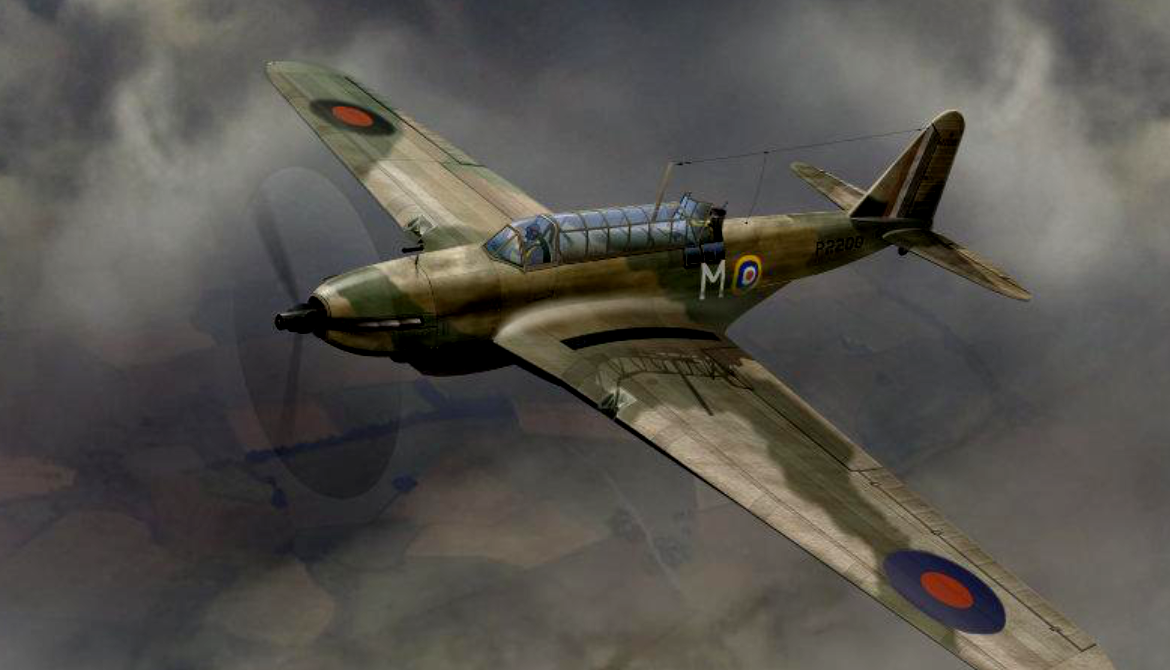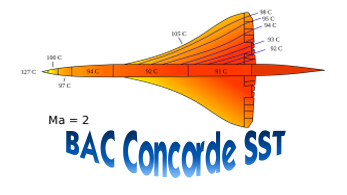Fairey Aviation
Fairey Battle Mk.II
 |
|
| Role | Light bomber |
|---|---|
| National origin | United Kingdom |
| Manufacturer | Fairey Aviation Company |
| First flight | 10 March 1936 |
| Introduction | June 1937 |
| Retired | 1949 |
| Status | Retired |
| Primary users | Royal Air Force Belgian Air Force Royal Australian Air Force Royal Canadian Air Force |
| Produced | 1937–1940 |
| Number built | 2,201 |
.
History Fairey Aviation Company Limited
Fairey Battle Mk.II

The Fairey Battle is a British single-engine light bomber that was designed and manufactured by the Fairey Aviation Company. It was developed during the mid-1930s for the Royal Air Force (RAF) as a monoplane successor to the Hawker Hart and Hind biplanes. The Battle was powered by the same high-performance Rolls-Royce Merlin piston engine that powered various contemporary British fighters such as the Hawker Hurricane and Supermarine Spitfire. As the Battle, with its three-man crew and bomb load, was much heavier than the fighters, it was therefore much slower. Though a great improvement over the aircraft that preceded it, its relatively slow speed, limited range and inadequate defensive armament of only two .303 (7.7 mm) machine guns left it highly vulnerable to enemy fighters and anti-aircraft fire.
The Fairey Battle was used on operations early in the Second World War. During the "Phoney War" the type achieved the distinction of scoring the first aerial victory of an RAF aircraft in the conflict. In May 1940, the Battles of the Advanced Air Striking Force suffered many losses, frequently in excess of 50 per cent of aircraft sorties per mission.
-
Production and further development

Mechanics of No. 226 Squadron RAF overhaul the engines of their Battles in a hangar at Reims, France In 1936, further orders were placed for Fairey to build additional Battles to Specification P.14/36.In June 1937, the first production Battle, K7558, conducted its maiden flight.K7558 was later used to perform a series of official handling and performance trials in advance to the wider introduction of the type to operational service. During these trials, it demonstrated the Battle's ability to conduct missions of a 1,000-mile range while under a full bomb load. The first 136 Fairey-built Battles were the first aircraft to be powered by the Merlin I engine. By the end of 1937, 85 Battles had been completed and a number of RAF squadrons had been re-equipped with the type, or were otherwise in the process of re-equipping.

Ground crew unloading 250 lb (110 kg) GP bombs in front of a Battle, 1939–1940 As the RAF embarked on what became a substantial pre-war expansion programme, the Battle was promptly recognised as being a priority production target. At one point a total of 2,419 aircraft were on order for the service. In June 1937, the first aircraft was completed at Hayes, but all subsequent aircraft were manufactured at Fairey's newly completed factory at Heaton Chapel, Stockport, Cheshire
Photo Gallery
Fairey Aviation Company Limited
Fairey Battle Mk.II


Fairey Aviation Company Limited
Fairey Battle Mk.II
General Info 1
-
-
- Crew: 3
- Length: 42 ft 4 in (12.90 m)
- Wingspan: 54 ft 0 in (16.46 m)
- Height: 15 ft 6 in (4.72 m)
- Wing area: 422 sq ft (39.2 m2)
-
Powerplant
-
-
- Empty weight: (3,015 kg)
- Gross weight: (4,895 kg)
- Powerplant: 1 × Rolls-Royce Merlin II V-12 liquid-cooled piston engine, 1,030 hp (770 kW)
- Propellers: 3-bladed
-
Performance
Maximum speed: (414 km/h, at (4,600 m)
- Range: 1,000 mi (1,600 km, 870 nmi)
- Service ceiling: 7,600 m)
- Rate of climb: 925 ft/min
- Time to altitude: (1,500 m) in 4 minutes 6 seconds
Armament
-
-
- Guns:
-
- 1 × fixed, forward-firing .303 in (7.7 mm) Browning machine gun in starboard wing
- 1 × flexibly mounted .303 in (7.7 mm) Vickers K machine gun in rear cockpit
- Bombs:
-
- 1,000 lb (450 kg) of bombs internally [4 × 250 lb (110 kg) bombs] or
- 1,500 lb (680 kg) of bombs externally
-
.
Links to Youtube & Others
On 14 May 1940, in a desperate attempt to stop German forces crossing the Meuse, the Advanced Air Striking Force launched an "all-out" attack by all available bombers against the German bridgehead and pontoon bridges at Sedan.
Fairey Aviation
Fairey Battle Mk.II
The armament and crew of the aircraft were similar to the Bristol Blenheim bomber: three crew, 1,000 lbs standard bomb load and two machine guns,
Youtube Link
The armament and crew of the aircraft were similar to the Bristol Blenheim bomber: three crew, 1,000 lbs standard bomb load and two machine guns,













